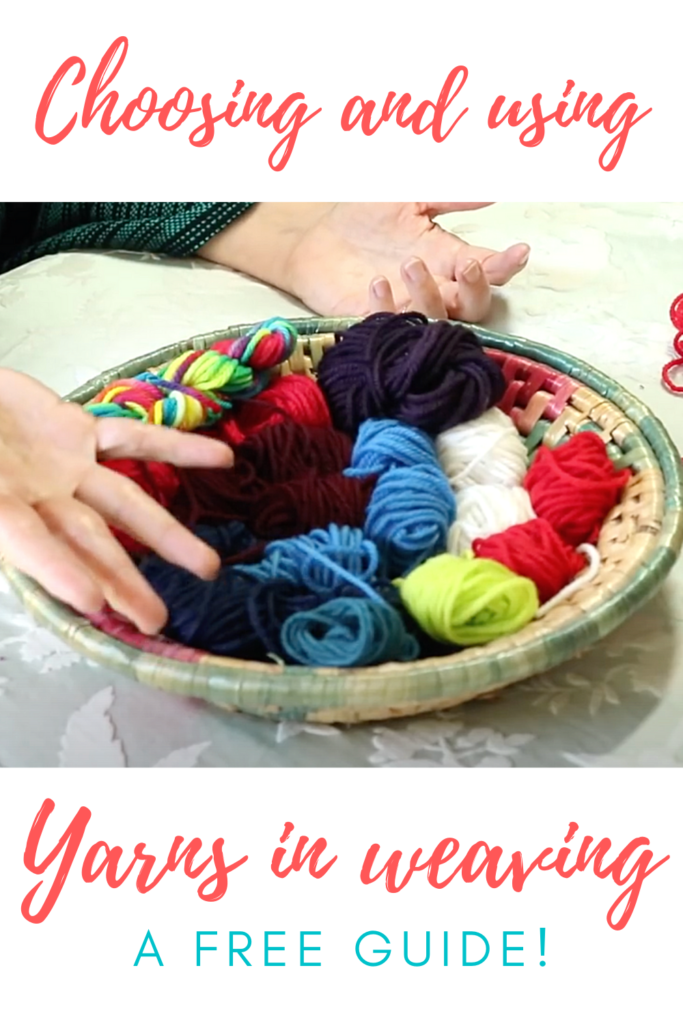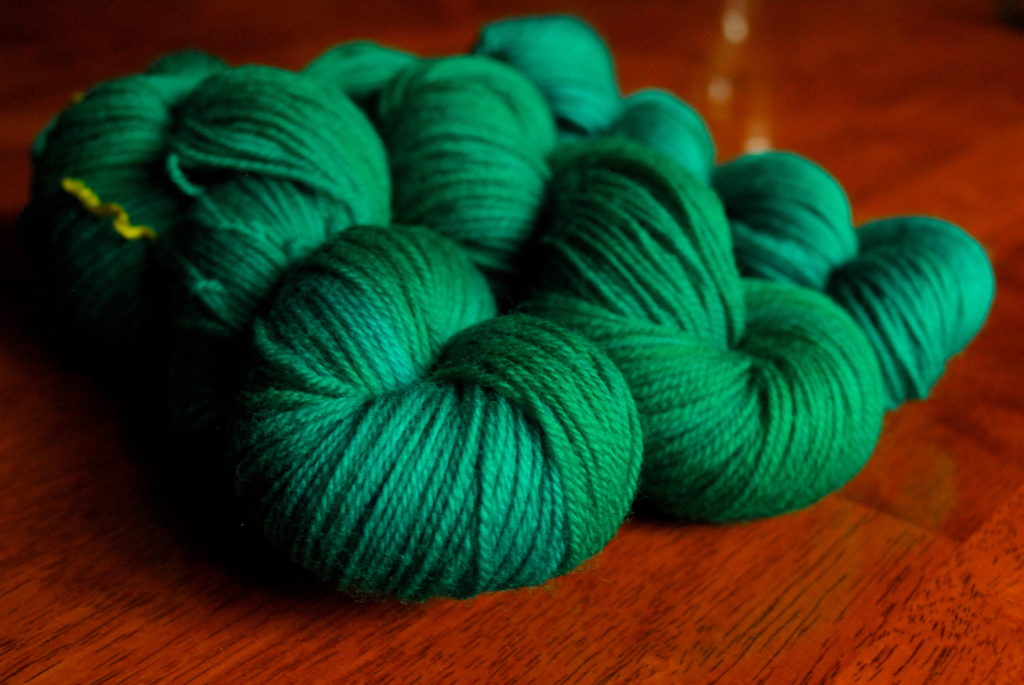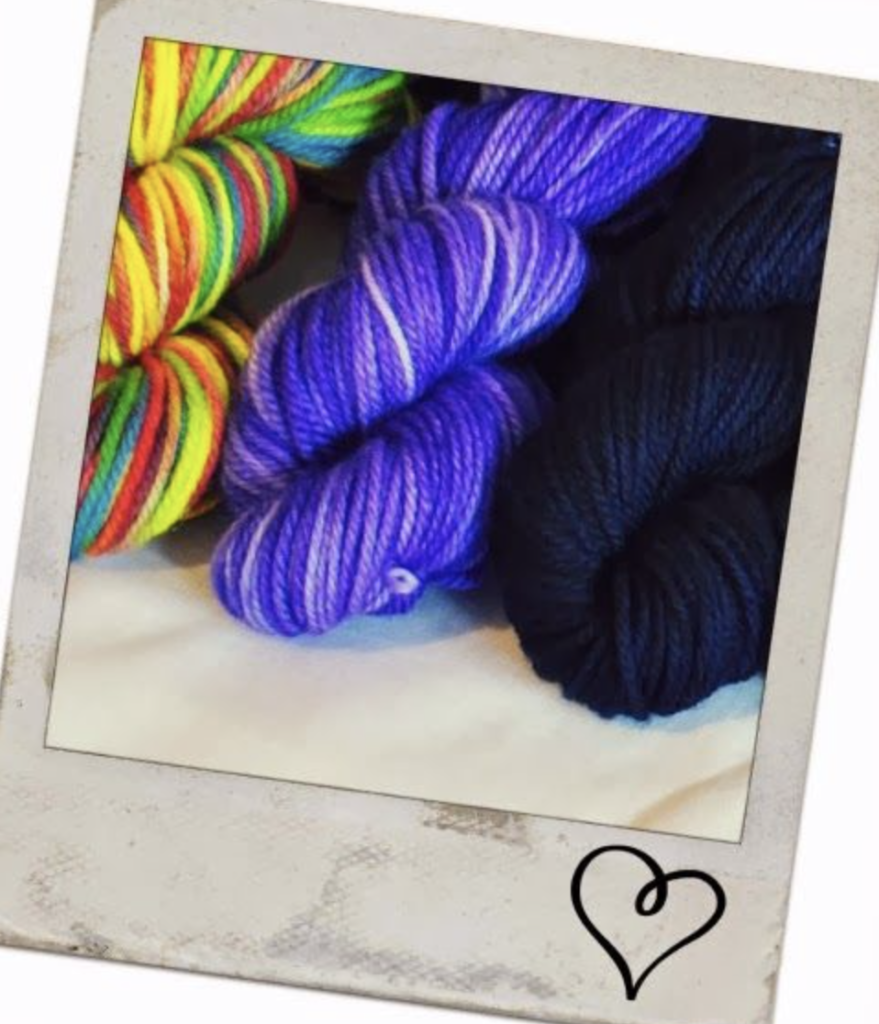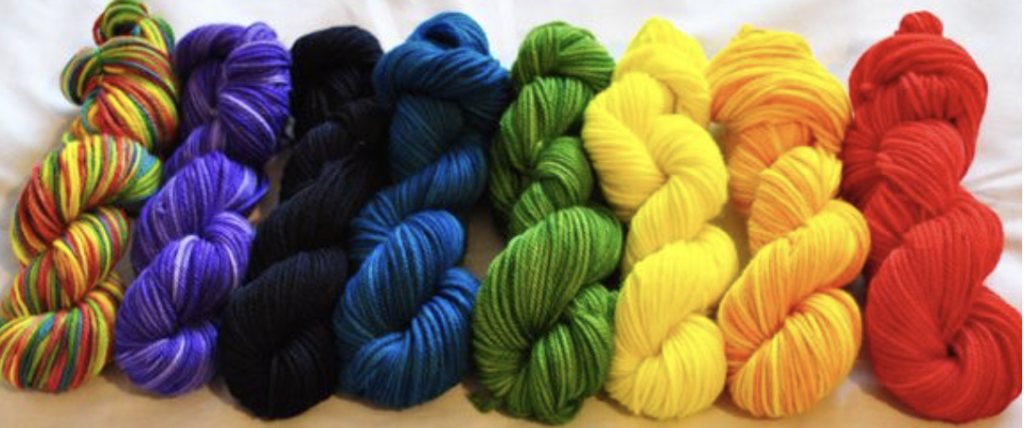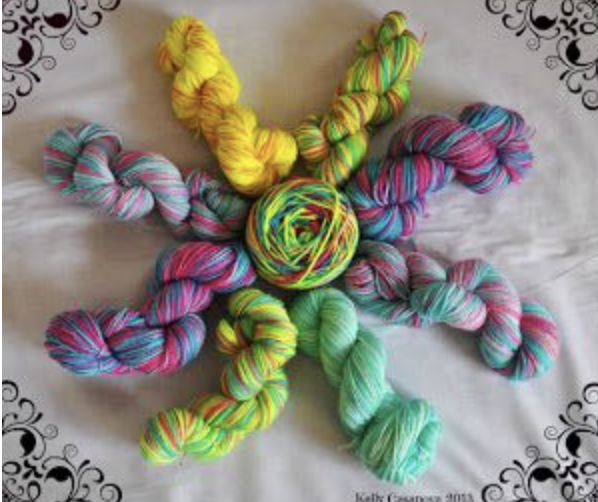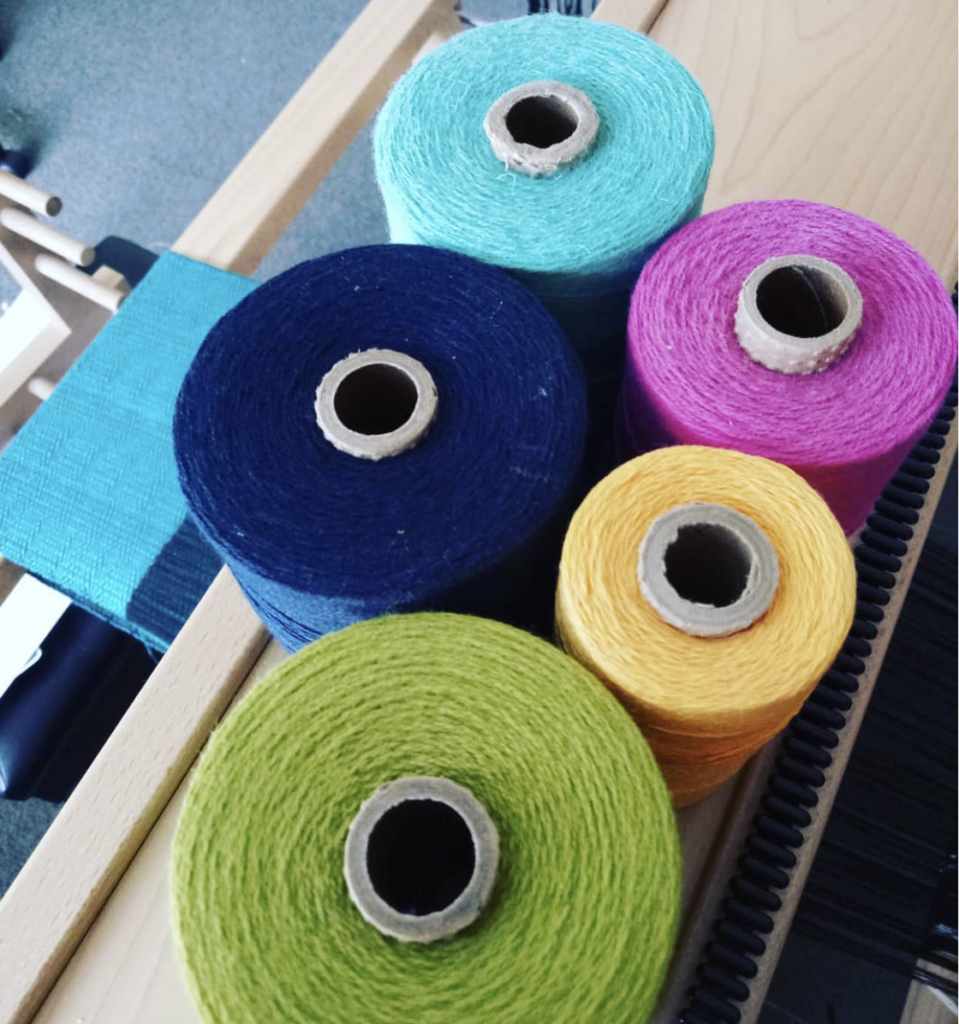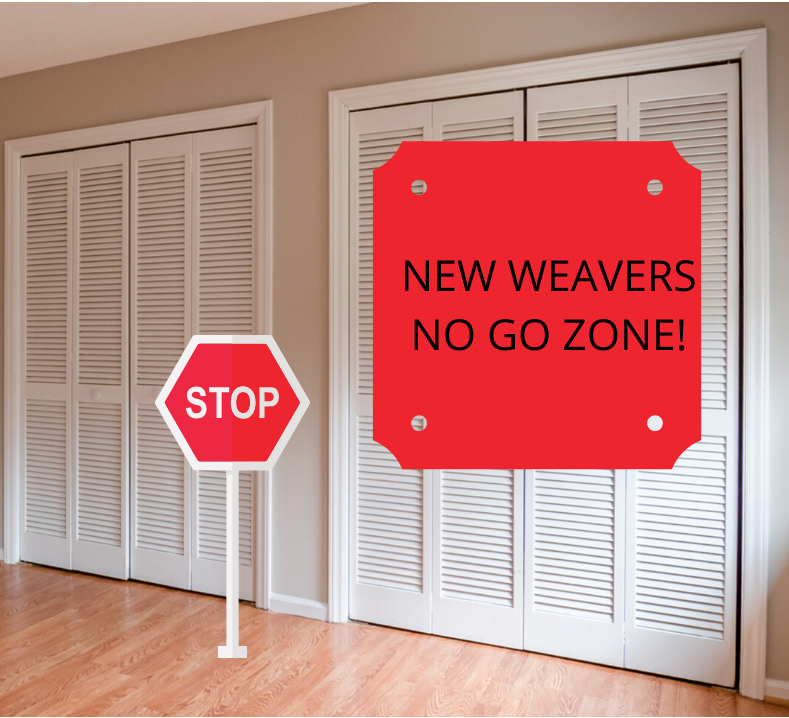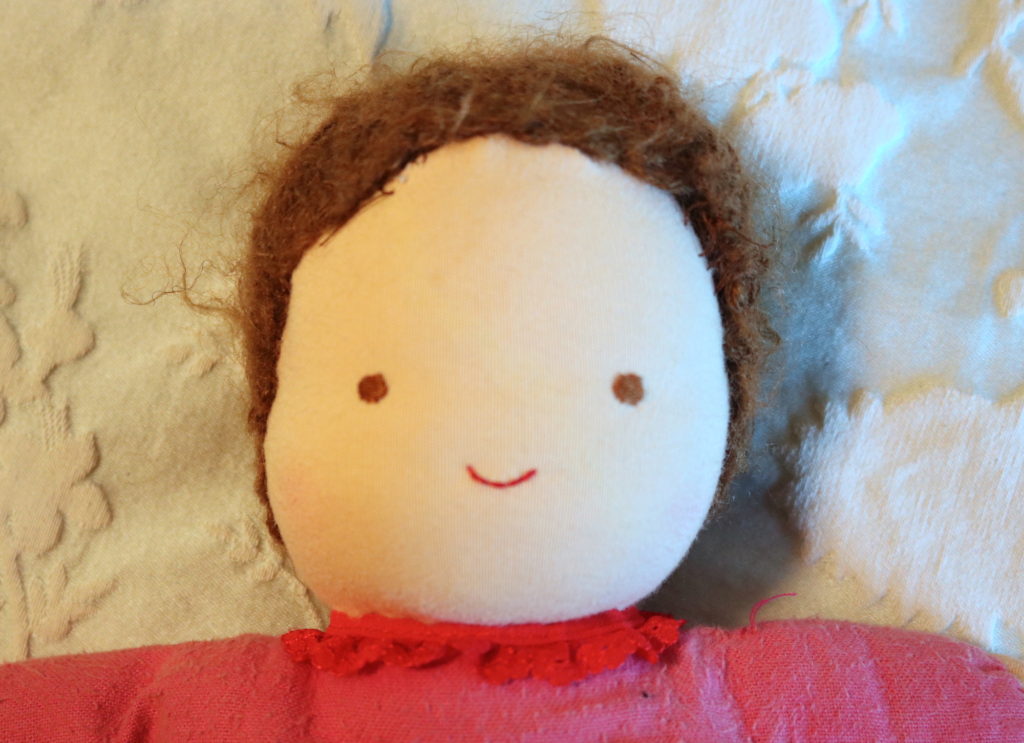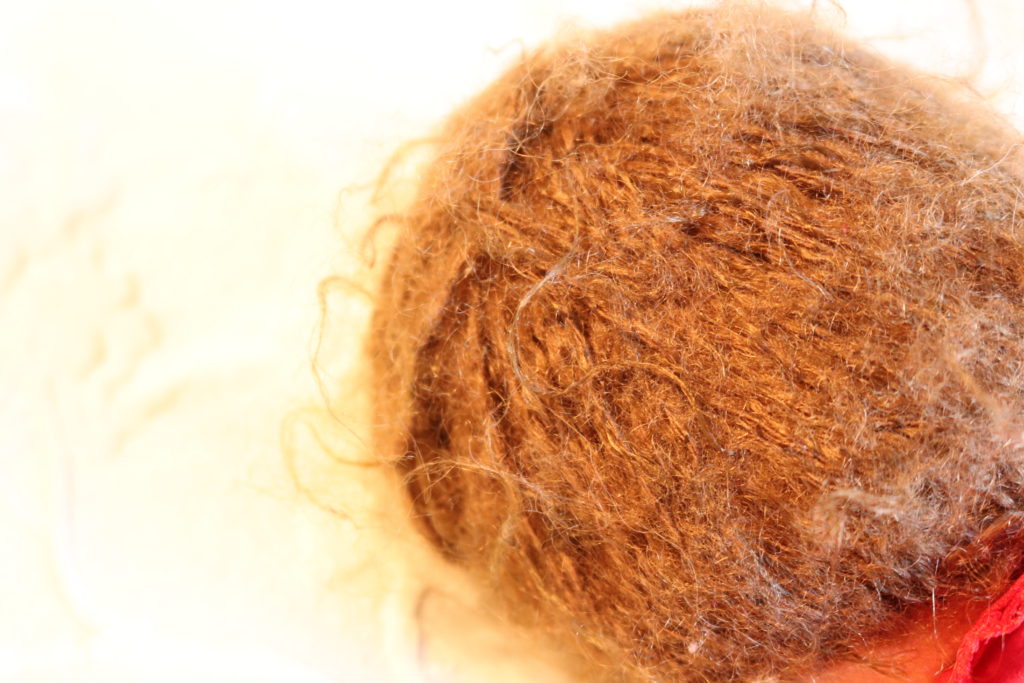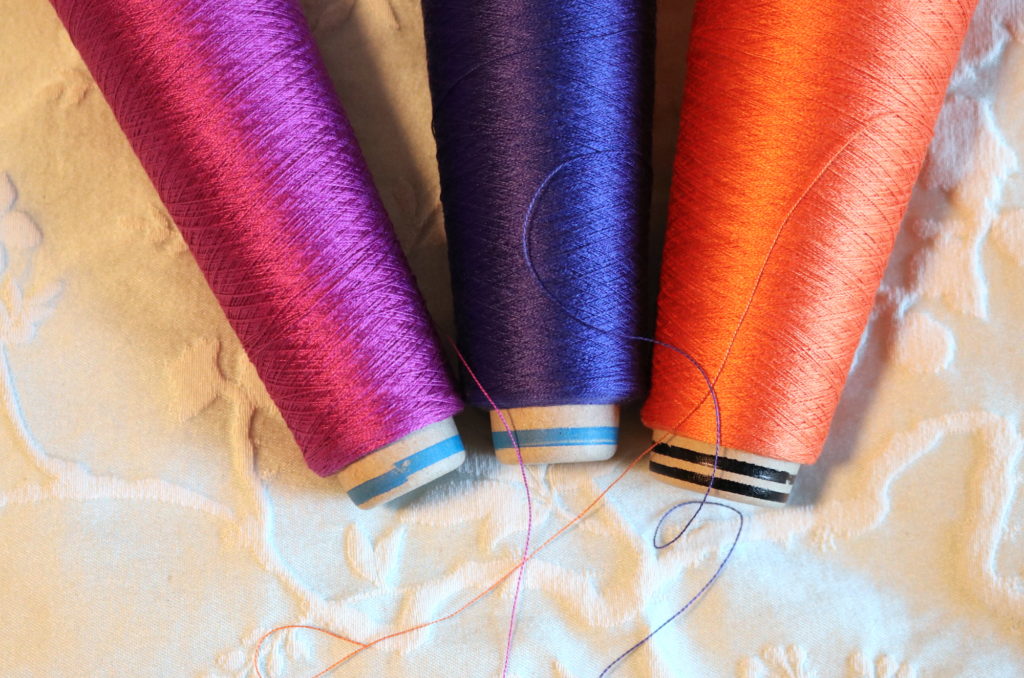One of the biggest challenges when starting out in weaving is determining which yarns are suitable for your project. There are is certainly a huge variety of yarn available to the modern weaver, but that can be part of the problem – how to choose?
Both knitting and weaving yarns can be used for weaving, in fact, I recommend that brand new weavers start out with knitting yarn because they are forgiving, affordable and readily available. Knowing the differences between yarns that are made specifically for knitting or for weaving will be a huge help to you when planning your next project.
*This post contains affiliate links. For further information, please see my disclosure policy.
Because choosing yarns is such an important (and sometimes puzzling aspect) of weaving, I have already made several resources on the topic, some of which you can find here:
Choosing and Using Yarns in Weaving…
3 Yarns Beginners should Avoid…
What do all the Numbers Mean?…
Now let’s have a look at what I consider to be some of the main aspects that differentiate a weaving from a knitting yarn.
- Appearance
- Knitting yarns are often sold in a ball, yarn cake, hank or skein. These can all vary in size and total weight. They will often be wrapped with a label that details what the yarn is made of, country of origin, knitting and crochet information (like needle or hook size), the total weight and the washing or care instructions.
Some knitting yarns will be sold on a large cone, particularly yarn that is for flatbed knitting machines, as it’s important to the machine tension that the yarn feeds off freely.
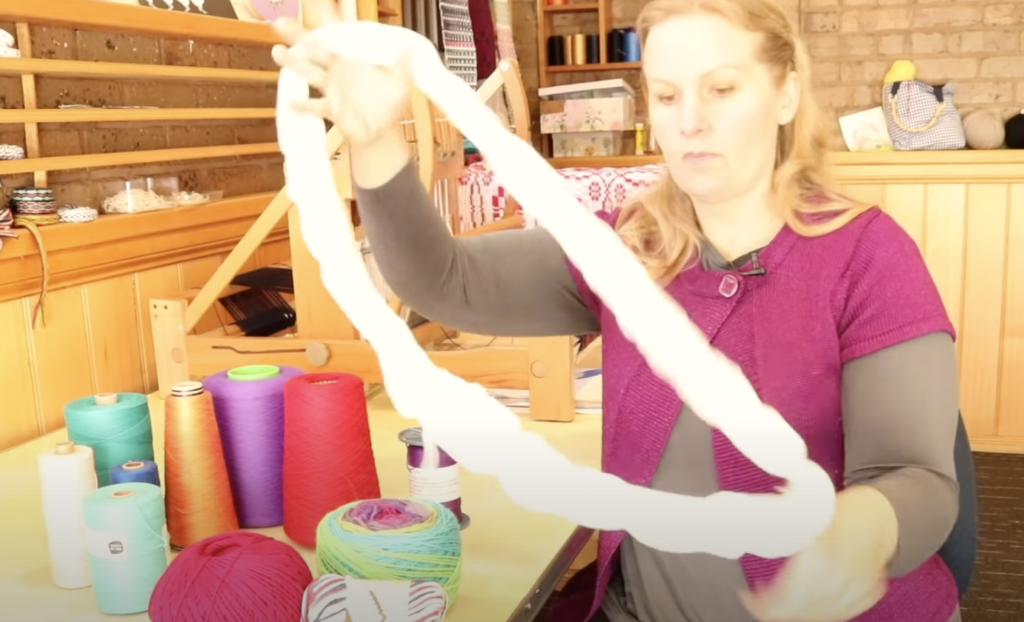
- Weaving yarns will usually be sold on a cone of some kind. These cones can vary in shape and weight according to the type and thickness of the yarn. Spools are more uncommon, but you will sometimes see weaving yarns sold that way too.
2. Yarn Thickness
In general, knitting yarns are thicker than weaving yarns. Knitting very fine yarn on needles is not for the faint hearted and most knitters will tend to go with thicker yarns for practical reasons (and for sanity!)
A weaving loom on the other hand, and in particular, multi shaft looms are really set up to accommodate much thinner yarns. On my floor loom, I never use a yarn that is greater in size than a fingering weight, as it would be difficult to thread through my texsolv heddles, which would be wearing on the yarn. I only have a 10 dent reed on this loom too, and that is fairly standard for a multi shaft. It’s the same with my table loom. So, there is the expectation that you won’t be weaving with very thick yarns.
The rigid heddle loom is more accommodating when it comes to thicker yarns, as the dent size varies from as high as 15dpi to 2.5dpi!
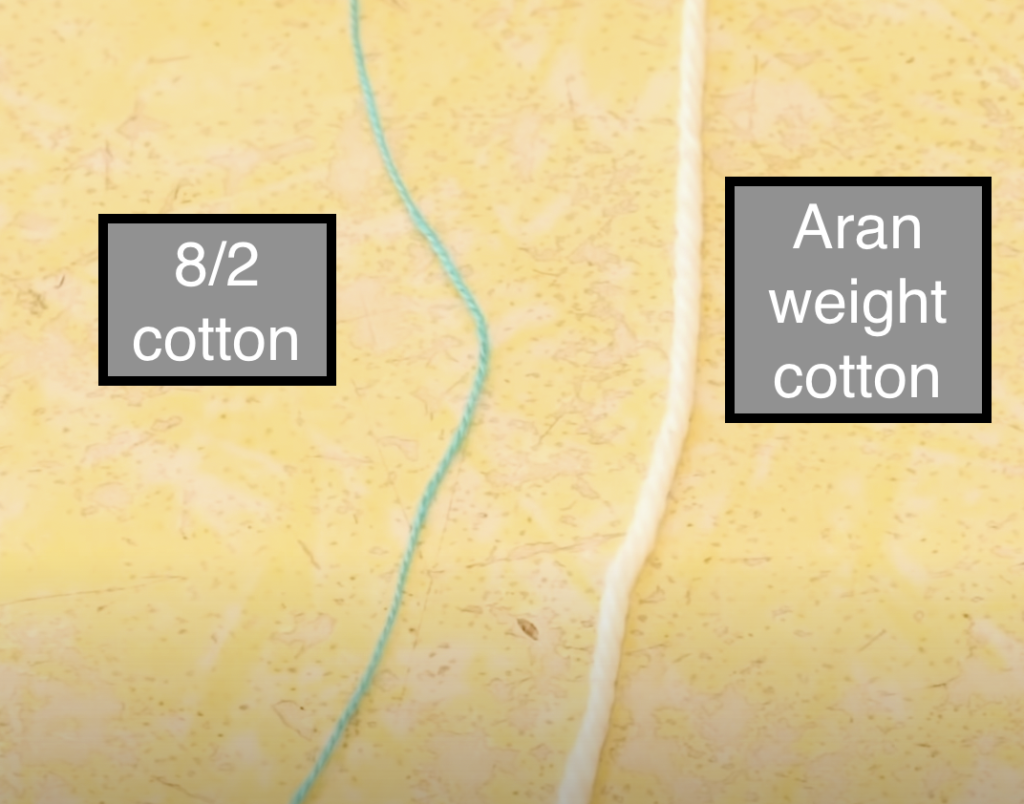
3. Amount of Stretch
Knitting yarns will generally have more elasticity and stretch whereas weaving yarns are often somewhat tough and rigid.
This makes sense when you think about it – a knitting yarn usually has a pretty easy life compared to a weaving yarn. A loom puts the yarn under tension and friction – it needs to be able to stand up to the process. Weaving yarns are also used to make a woven fabric for items like towels and clothing, that requires a tough and robust yarn.
That’s not to say that you can’t weave with an elastic yarn, you absolutely can, you will just need to factor in that stretch component to your calculations so that you’re not shocked to find your piece loses a lot of length once it’s no longer under tension.
4. Amount of Twist
A knitting yarn is most often used for wearables, and therefore needs to be very comfortable against the skin. Usually, it won’t have the same level of twist as a weaving yarn. Again, the weaving yarn is strong and hardworking, so the increase in twist gives it that extra durability.
If you have a knitting yarn that seems to have a very loose twist, it is likely that it won’t be suitable for warping with. A good test to use if you’re unsure is the drift test.
5. Strength of the Yarn
This relates very much to the last point. Knitting yarns don’t need to be under a lot of tension. You hand tension a little as you knit, and the rest remains in the ball, waiting to be gently fed off and used.
A weaving warp undergoes a lot of tension, so using a weak yarn for your warp is almost a guarantee of an unhappy weaving experience!
6. Yarn Availability
There are thousands of knitting yarns available all over the world. Whatever colour, type, size you desire, you will not be too hard pressed to find it!
Weaving yarns are a bit more limited. This is improving over time as more home weavers take up the craft and weaving is seeing a bit of a resurgence in popularity (yay!)
There are also a lot more knitting yarn suppliers than weaving yarn suppliers, but again, this is on the improve. In Australia, we are blessed to have Thread Collective for a big range of weaving supplies. If you would like to find suppliers in your area, check my Weaving Suppliers List.
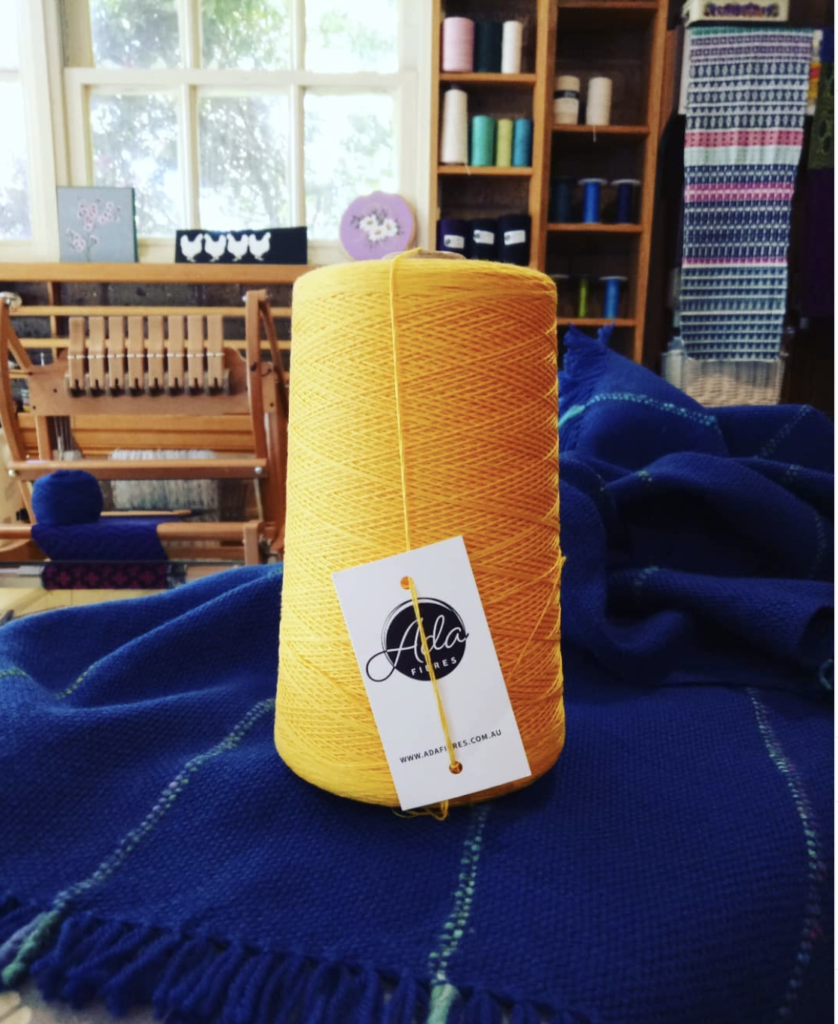
7. Measurement Systems and Terminology
This is one of the most confusing aspects for new weavers who are trying to make yarn choices.
The measurement systems for knitting and weaving yarns are different, and these differences can further change from country to country! Super confusing!
I recommend my Weaver’s Toolkit Ebooklet for charts that will help you convert yarn terms to navigate the confusion. My short class What do the Numbers Mean? will also be helpful for those of you who want to understand why certain measurement systems are used and what they mean.
The easiest way to determine whether the yarn you have is suitable for the project you want to weave is to determine the sett using an inch ruler. I have two resources that will show you how to do that:
I’ve made a video to compliment this post where you can see me talking about specific yarns from my personal stash and showing you what they look like:
I hope this was a super helpful post for you!
Until next time…
Happy Weaving!

